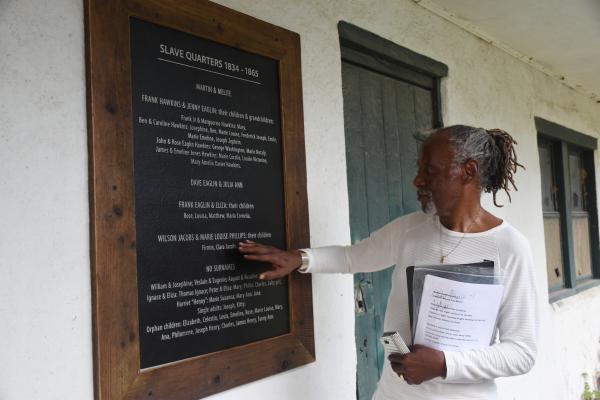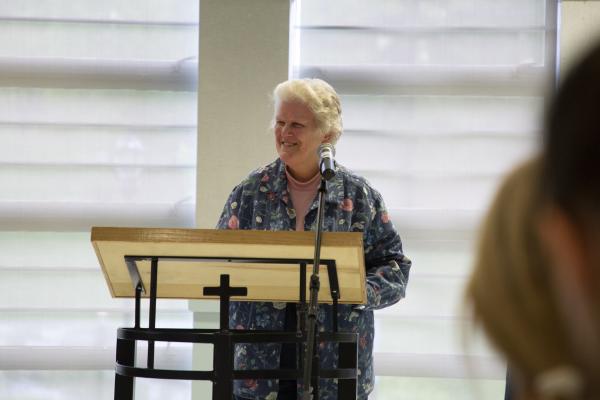 On November 21, 1800 in Paris, a small group of four young women, among them Madeleine Sophie Barat, made their first consecration in what would become the Society of the Sacred Heart. Because they could not at that time use this title, they were known as “Ladies of Christian Instruction.
On November 21, 1800 in Paris, a small group of four young women, among them Madeleine Sophie Barat, made their first consecration in what would become the Society of the Sacred Heart. Because they could not at that time use this title, they were known as “Ladies of Christian Instruction.
At the first general council of 1815, they approved the text of their Constitutions, and were now for the first time able to be called the Society of the Sacred Heart. These Constitutions were formally approved by Pope Leo XII in 1826.
In 1818, Rose Philippine Duchesne and four companions, Eugénie Audé, Octavie Berthold, Catherine Lamarre, and Marguerite Manteau, left France to make the first foundation of the Society in North America on September 7 in Saint Charles, Missouri. Other foundations in the St. Louis area and in Louisiana quickly followed, and, in less than 30 years, foundations in the East and in Canada were founded.
At the general council of 1839, revisions of the Society's Constitutions were approved and promulgated that would make the Society resemble the Jesuits more closely. Turmoil followed; some were in favor but many opposed. Finally, in 1842 the Vatican intervened to revoke the new text and allow the Society to return to the Constitutions of 1815.
From 1903 to 1907, a series of secularization laws in France required religious institutes to close their schools. This prompted superior general Mabel Digby to remove all 2500 RSCJ from France and to resettle them elsewhere. The new availability of these RSCJ enabled international expansion into Egypt, Malta, Brazil, Colombia, and the Far East. The Society was able to return to France a few years later. The international foundations continued to grow.
On May 25, 1925, Madeleine Sophie Barat was proclaimed a saint of the Catholic Church.
General chapters of the Society are held every eight years. The Special Chapter of 1967 began the process of renewal of structures and way of life, and was memorable for the resignation of superior general Sabine de Valon, who had been elected for life. From then on, the superior general is elected for a limited term.
 In seeking to meet human needs in a world of rapid and constant change, the Society committed itself to follow the “signs of the times” and entered into a period of experimentation. The general chapter of 1970 opened the way to a new universal perspective that stands in solidarity with the struggle of the poor to attain full human dignity.
In seeking to meet human needs in a world of rapid and constant change, the Society committed itself to follow the “signs of the times” and entered into a period of experimentation. The general chapter of 1970 opened the way to a new universal perspective that stands in solidarity with the struggle of the poor to attain full human dignity.
In the United States, the Society’s work of education changed dramatically during this time. In the 1970s, many RSCJ sought new ministries that would put them in contact with other populations in need. Traditional convent schools were shaped into a Network of Sacred Heart Schools. Within the Network, each school reflects the unique local and regional needs and educational requirements, but continues to share the same educational philosophy and spirit expressed in the Goals and Criteria for schools of the Sacred Heart in the United States and Canada.
To articulate its renewed purpose and vision, the Society in its General Chapter of 1982 wrote new Constitutions. There were formally approved by the Vatican in 1987. For Religious of the Sacred Heart, the Constitutions of 1982 are the foundation of their life radically rooted in the Gospel. These Constitutions express their conviction and commitment to be women of communion, to live lives rooted in prayer, and to work for justice in all its dimensions.
On July 3, 1988, Rose Philippine Duchesne was proclaimed a saint of the Catholic Church.


